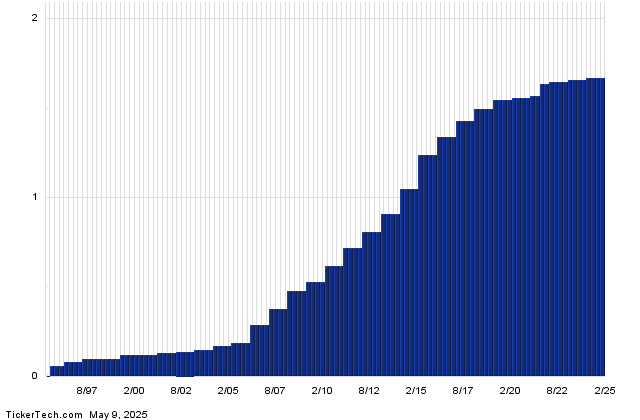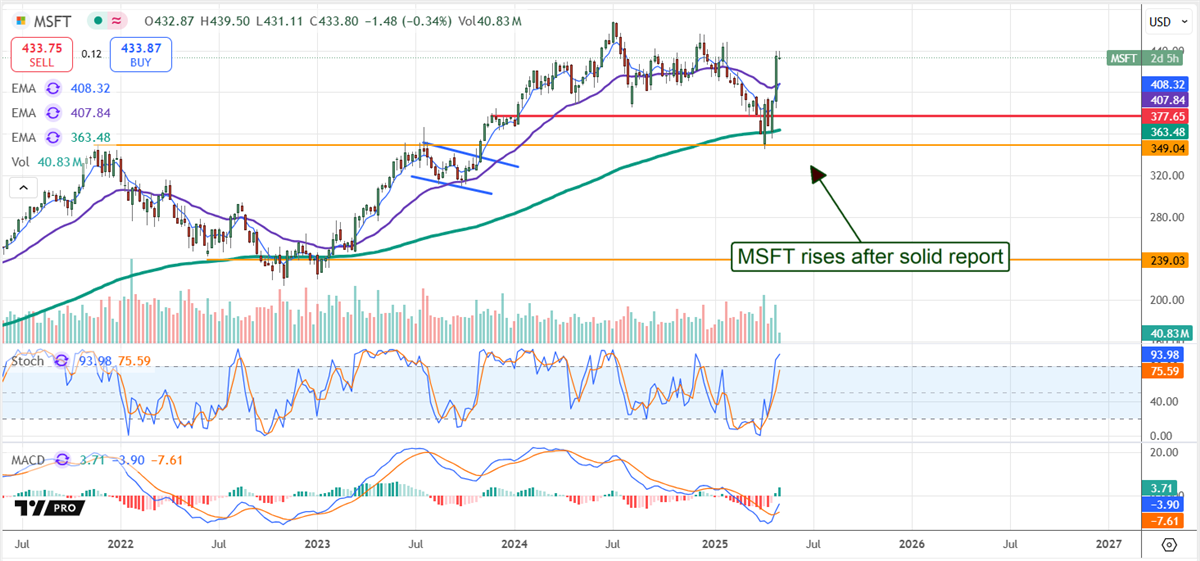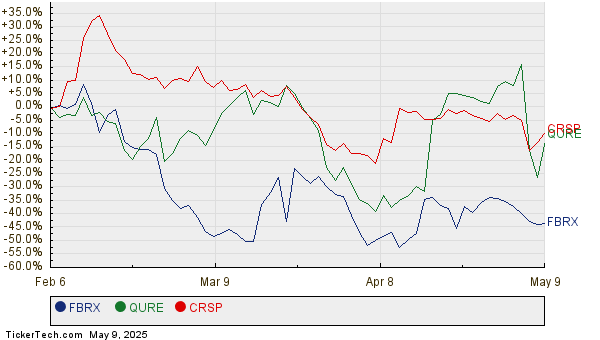Coffee Prices Rise Amid Supply Concerns and Weather Issues
On Tuesday, May arabica coffee (KCK25) rose by +5.15 (+1.31%), while May ICE robusta coffee (RMK25) increased by +90 (+1.64%). Coffee prices saw moderate gains that day, with robusta reaching a 2-1/2 week high. This uptick in prices is largely attributed to weather-related issues in Brazil and Vietnam, which have heightened concerns over coffee supply. Cooxupe, Brazil’s leading arabica coffee cooperative, reported that high temperatures and insufficient rainfall last month are expected to negatively impact coffee yields this year, threatening Brazil’s position as the world’s largest arabica coffee producer. Furthermore, the Dak Lak weather office in Vietnam indicated last week that the Central Highlands region, a main coffee-producing area, is likely to experience more hot weather and reduced rainfall from March 21-31. Vietnam is the world’s largest producer of robusta coffee.
Commodity Bulletin: From crude oil to coffee, this FREE newsletter is for industry pros and rookies alike
Concerns over supply continue to support rising coffee prices. Cecafe reported that Brazil’s coffee exports for February dropped -12% year-on-year to 3 million bags as of March 13. Additionally, on January 28, Conab, Brazil’s government crop forecasting agency, projected that Brazil’s 2025/26 coffee crop could decline by -4.4% year-on-year to 51.81 million bags, marking a three-year low. Conab also adjusted its estimate for the 2024 Brazil coffee crop down by -1.1%, resulting in an updated estimate of 54.2 million bags compared to the previous forecast of 54.8 million bags.
The state of current coffee inventories presents a mixed picture. ICE-monitored robusta coffee stocks increased to a 7-week high of 4,414 lots on Tuesday. In contrast, ICE-monitored arabica coffee stocks fell to a 1-month low of 777,708 bags as of last Friday.
On a less positive note for coffee prices, Marex Solutions indicated on March 7 that they anticipate a widening global coffee surplus for the 2025/26 season, projecting a surplus of 1.2 million bags compared to +200,000 bags in the previous season. Additionally, an increase in recent rainfall in Brazil may ease drought conditions and have a negative effect on prices. Somar Meteorologia reported that Minas Gerais, Brazil’s largest arabica growing region, received 31.2 mm of rain in the week ending March 22—102% of the historical average.
A bearish influence specific to robusta coffee came from a March 6 report published by Vietnam’s General Statistics Office revealing a +6.6% year-on-year rise in Vietnam’s February coffee exports, totaling 169,000 metric tons.
The aftereffects of the dry El Niño weather pattern last year could cause prolonged damage to coffee crops in South and Central America. Since April of last year, rainfall in Brazil has consistently fallen below average, harming coffee trees during a critical flowering phase and diminishing prospects for Brazil’s 2025/26 arabica coffee crop. As noted by the natural disaster monitoring center Cemaden, Brazil is experiencing its driest weather since 1981. Meanwhile, Colombia, the world’s second-largest arabica producer, is gradually recovering from the drought induced by El Niño last year.
Robusta coffee prices remain supported due to declines in production. Drought conditions led to a -20% decrease in Vietnam’s coffee production during the 2023/24 crop year, amounting to 1.472 million metric tons—the smallest crop in four years. The USDA Foreign Agriculture Service (FAS) projected on May 31 that Vietnam’s robusta coffee production for the 2024/25 marketing year will slightly dip to 27.9 million bags, down from 28 million bags in 2023/24. Additionally, the General Statistics Office of Vietnam reported on January 10 that coffee exports for 2024 fell -17.1% year-on-year to 1.35 million metric tons. Furthermore, the Vietnam Coffee and Cocoa Association lowered its estimate for 2024/25 Vietnamese coffee production on March 12 to 26.5 million bags, from an earlier estimate of 28 million bags.
In a bearish signal for prices, news of larger global coffee exports surfaced. Conab reported on February 4 that Brazil’s 2024 coffee exports are expected to rise +28.8% year-on-year to a record 50.5 million bags. However, data from the International Coffee Organization (ICO) published on February 6 revealed that December global coffee exports fell -12.4% year-on-year to 10.73 million bags, while total global coffee exports for the fourth quarter of the year declined by -0.8% year-on-year to 32.25 million bags.
The USDA’s biannual report on December 18 presented a mixed outlook for coffee prices. It forecasts a +4.0% rise in world coffee production for the 2024/25 period, estimating an increase to 174.855 million bags, including a +1.5% boost in arabica production to 97.845 million bags and a +7.5% rise in robusta production to 77.01 million bags. Notably, the USDA’s FAS anticipates a -6.6% drop in ending stocks for 2024/25, reaching a 25-year low at 20.867 million bags compared to 22.347 million bags in 2023/24. Separate USDA projections from November 22 estimated Brazil’s 2024/25 coffee production at 66.4 million metric tons, a decrease from the prior forecast of 69.9 million metric tons. They also predict Brazil’s coffee inventories to fall to 1.2 million bags by the end of the 2024/25 season, down -26% year-on-year.
For the 2025/26 marketing year, Volcafe adjusted its production estimate for 2025/26 Brazil arabica coffee down to 34.4 million bags, roughly 11 million bags lower than September estimates. This revision followed a crop tour that highlighted the severe impact of the extended drought in Brazil. Volcafe now projects a global arabica coffee deficit of -8.5 million bags for 2025/26, an increase from the -5.5 million bag deficit expected for the 2024/25 season, marking the fifth consecutive year of deficits.
On the date of publication,
Rich Asplund
did not have (either directly or indirectly) positions in any of the securities mentioned in this article. All information and data in this article is solely for informational purposes. For more information please view the Barchart Disclosure Policy
here.
The views and opinions expressed herein are the views and opinions of the author and do not necessarily reflect those of Nasdaq, Inc.




